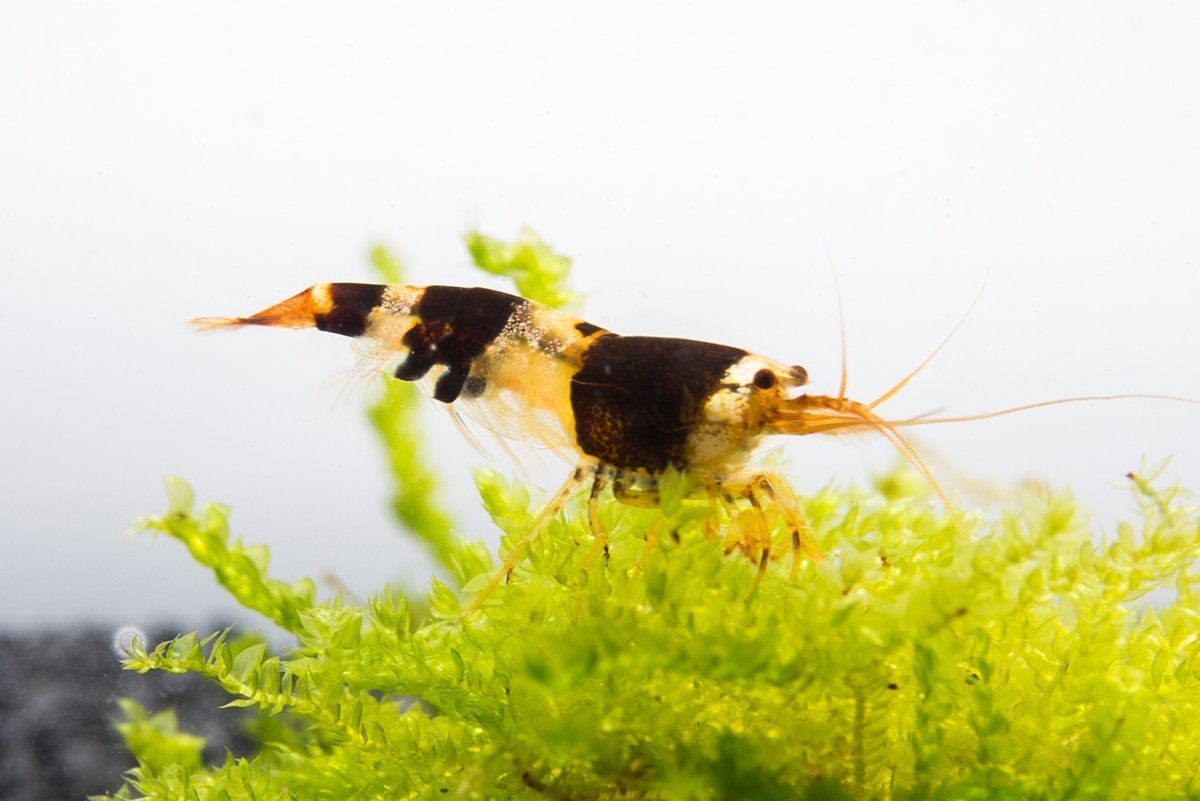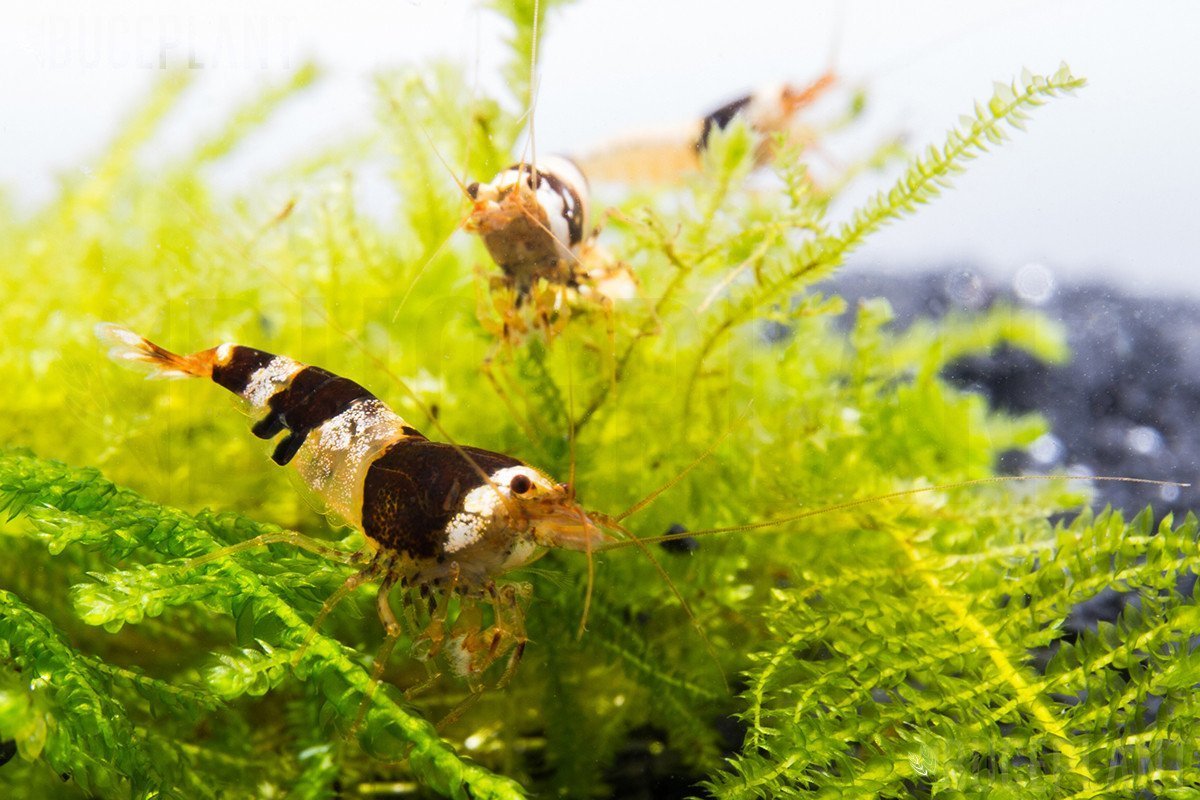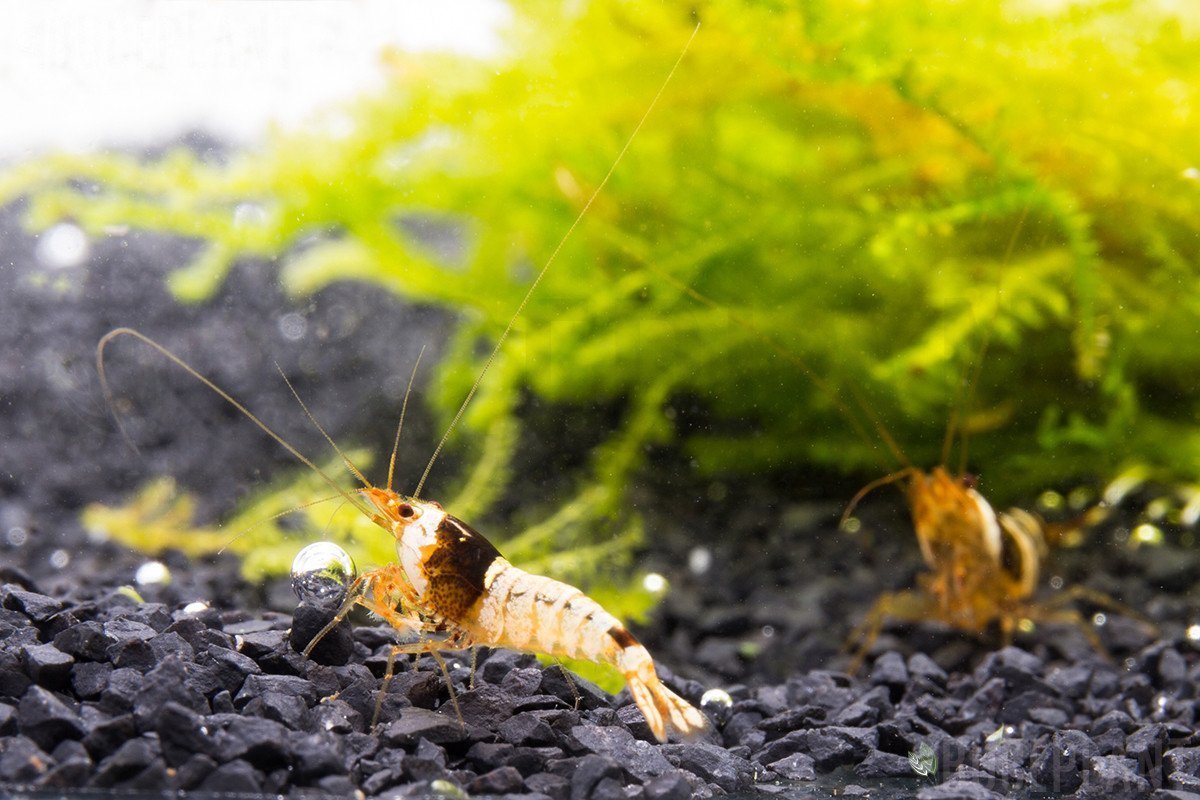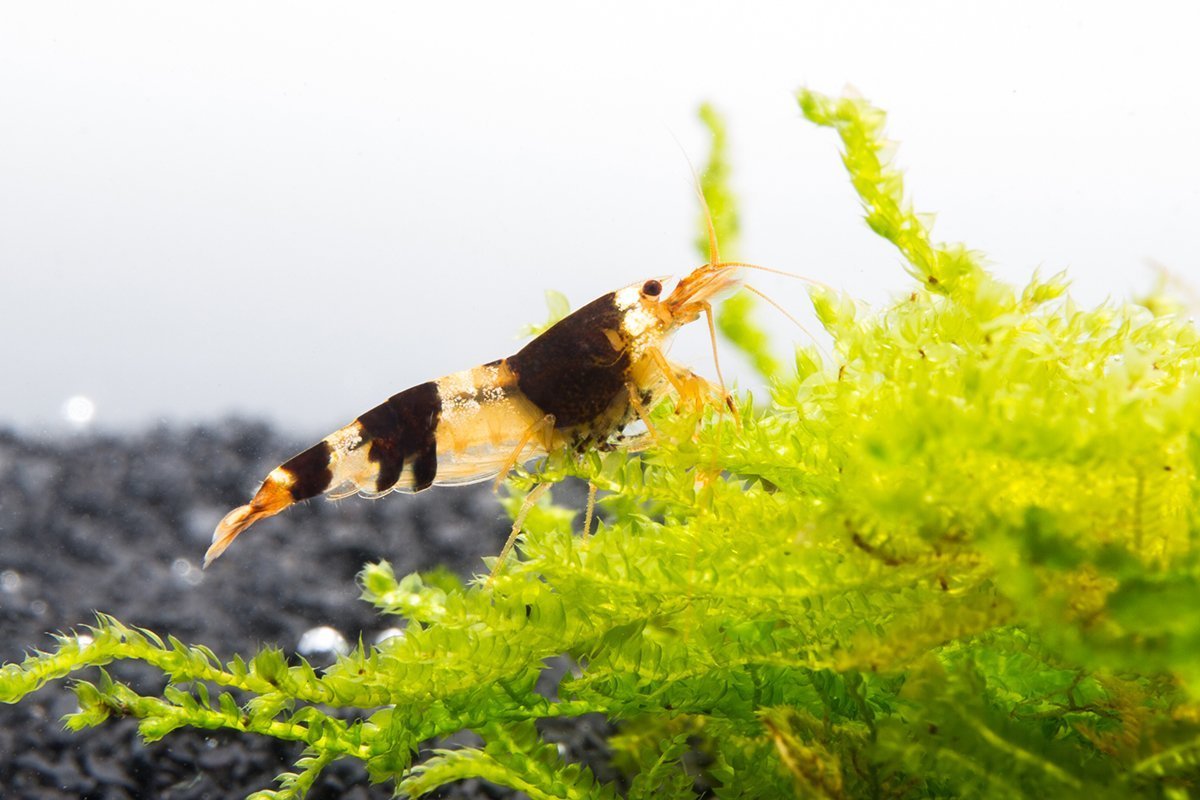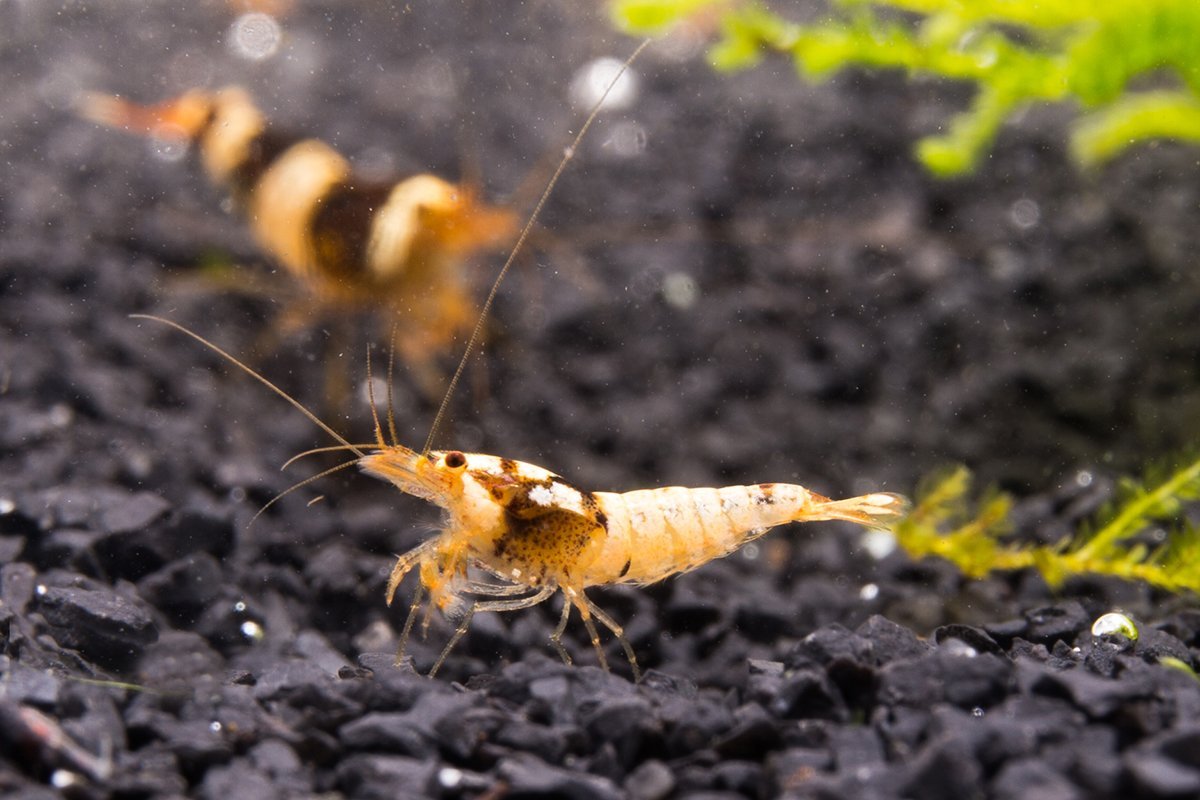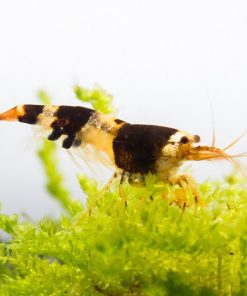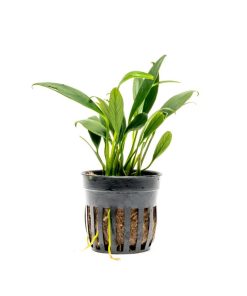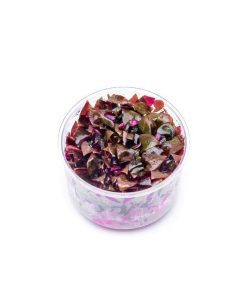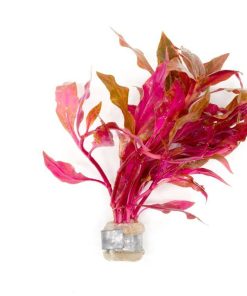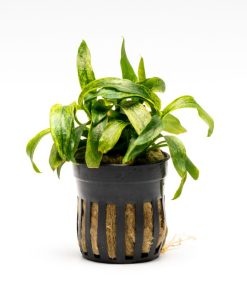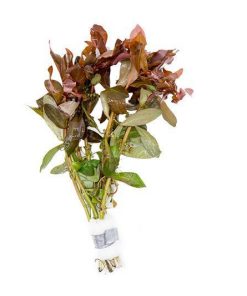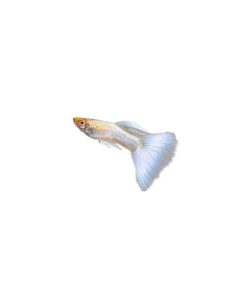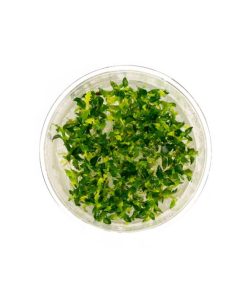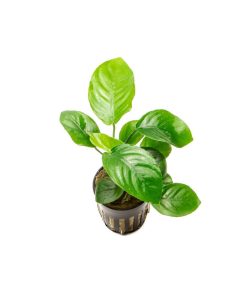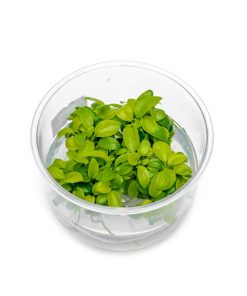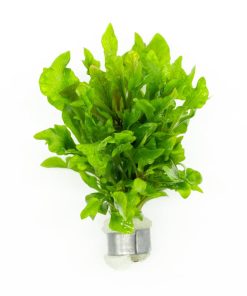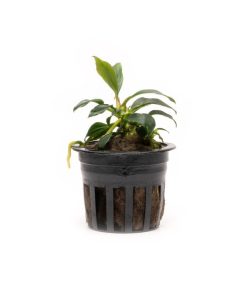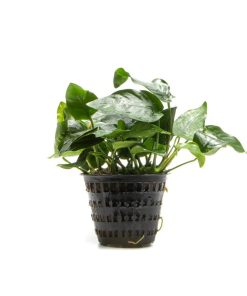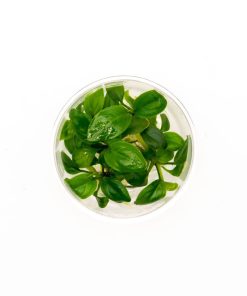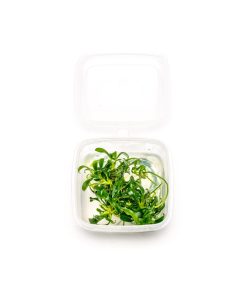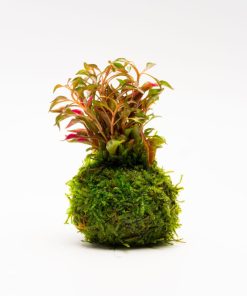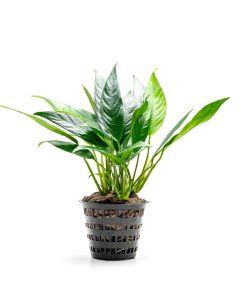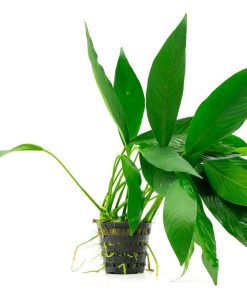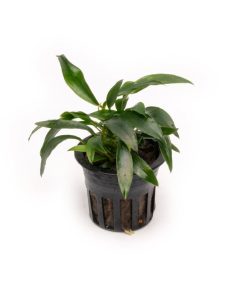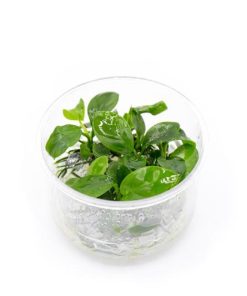Crystal Black Shrimp (S-SS Grade) JA
$ 39,99 $ 23,99
Common Name: Crystal Black Shrimp, CBS, Bee Shrimp
Scientific Name: Caridina Cantonensis
Genus: Caridina
Wild Origin: Asia
Adult Size: 1.25in
**Note: All livestock orders will come carefully packaged with solid wall Styrofoam insulation and shipped via 1-day shipping only. No extra insulation needs to be added to your cart for your livestock.
The Crystal Black Shrimp is a one of the most popular and coveted shrimp for the hobbyist, due to their bold, unique coloring and the challenge of raising them. Crystal Black Shrimp require very specific water parameters and near perfect water quality. They are ideally kept in a Crystal Black Shrimp-only tank because of their precise care needs. However, they are non-aggressive and active shrimp. These shrimp are not recommended for beginners, particularly because their high price point and difficult care requirements means that there is little room for mistakes. However, with a little experience under your belt these gorgeous shrimp are worth the extra effort.
Crystal Black Shrimp need very specific water parameters and extremely clean water. These shrimp prefer soft, acidic water conditions. Their ideal temperature range is 70°-78° F. Their water should be slightly acidic, with a pH of 6.2-7.2. Ammonia and nitrite levels must be at 0ppm, and nitrate levels as close to 0ppm as possible (no more that 20ppm). There are many products on the market designed to help buffer your water to maintain healthy parameters for your Crystal Black Shrimp. Water should be changed at least 30% each week, and make sure to dechlorinate the water before adding to the aquarium. These shrimp are very sensitive to water changes, so frequent low-volume changes are preferable to infrequent high-volume changes. Especially at higher grades, these shrimp are extremely sensitive and should be treated with careful attention.
Check out our guide on the different substrates that can help achieve ideal water parameters for these shrimp: Best Substrate for Shrimp.
Key Features & Important Notes
- Tank-raised specimen
- Bright, bold color and pattern
- Shrimp are excellent scavengers and will happily feed on biofilm, decaying plant matter, and algae
- To increase survival rates, please allow 2-3 business days after placing an order to properly prepare live animal shipments
Recommended Water Parameters
Listed information should be treated as general guidelines only. We encourage you to do thorough research before committing to keeping any livestock.
- Temperature Range: 64-76 °F
- pH: 6.0-7.5
- TDS: 100-200 ppm
- GH: 4-6 dGH
- KH: 0-2 dKH
Recommended Tank Size
5+ gallons, minimum. Tank size is relative and various factors should be considered when determining tank size. Factors include maintenance schedules, tank mates, desired colony size and more.
Diet
Algae, biofilm, diatoms, decaying plant matter, spirulina powder, bee pollen, plant-based shrimp pellets/wafers, blanched vegetables
Breeding
Sexing these shrimp can be somewhat difficult until the shrimp begin to mature. Females have slightly larger tails and display a “saddle” formation on the upper body, behind the head, where eggs are stored before fertilization. When female shrimp are “berried”, or have eggs ready for fertilization, the saddle shape will appear more prominent. Once the shrimp are fully-grown the males will be smaller than the females.
Crystal Black Shrimp are eager breeders given comfortable water parameters and a sufficient food source. Once the shrimp reach maturity, and if there are males and females present, they should breed naturally and frequently. It is recommended to purchase 8-10 shrimp to ensure that there are enough male-female pairs for successful breeding.
When female shrimp have eggs available for fertilization, they will molt and release pheromones that the male shrimp respond to with frenzy. Once the shrimp breed, the eggs will gestate for about 2 weeks. The shrimp fry will feed from the same food sources as adult shrimp and will molt frequently during their early life stages. Leave molted shells in the tank, as the shrimp fry will consume them for extra minerals like calcium that will help their growth.
Keep in mind that if you are keeping shrimp with other species of fish, or possibly aggressive shrimp species, this may affect reproduction. If the shrimp feel threatened or don’t have places in your tank to hide they may not breed.
Check out our blog article to learn how to breed freshwater shrimp.
| Size | 10 Shrimp, 20 Shrimp |
|---|
Fast Shipping with Professional Packaging
Our long-standing relationship with UPS FedEx DHL and other carriers around the world allows us to offer various shipping options. Our warehouse staff are highly trained to package your goods exactly as per the specifications we provide. Your goods are thoroughly checked and secured properly prior to shipping. We ship to hundreds of thousands of customers daily in different countries. The fact that we're dedicated to becoming the largest online retailer in the World is obvious. Warehouses and distribution centers are located in Europe as well as the USA.
Please note that orders with more than one item are subject to a processing period that is based to the specific item.
Before shipping, all ordered products will be thoroughly inspected. Most orders are shipped within 48 hours. The time to deliver varies from 3-7 days.
Returns
The stock is dynamic and we do not completely manage it because multiple stakeholders are involved, including our warehouse and factory. The stock can change at any moment. Be aware that your order will be unable to fill once you've placed your order.
Our policy runs for 30 days. If you don't receive your product within the 30 days period, we are not able to provide a refund or an exchange.
The item must not be used, and it must be in its original condition. The item must be in its original packaging.
Related products
Aquatic Plant
Aquatic Plant
Aquatic Plant
Aquatic Plant
Aquatic Plant
Aquatic Plant
Aquatic Plant
Aquatic Plant
Aquatic Plant
Aquatic Plant
Aquatic Plant
Aquatic Plant
Aquatic Plant
Aquatic Plant
Aquatic Plant
Aquatic Plant
Aquatic Plant
Aquatic Plant
Aquatic Plant
Aquatic Plant
Aquatic Plant
Aquatic Plant
Aquatic Plant
Aquatic Plant
Aquatic Plant
Aquatic Plant
